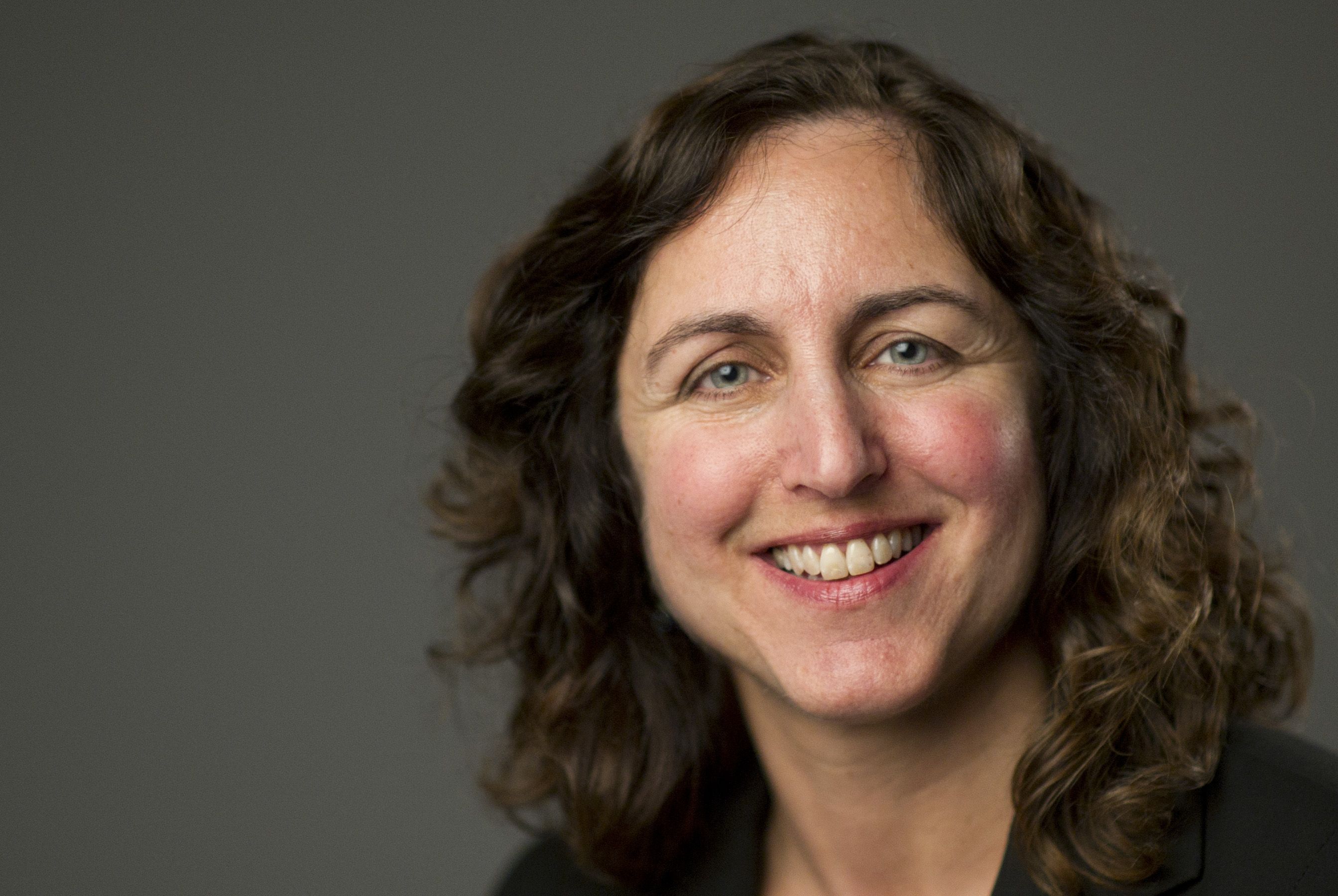Cleanup of buried waste in unlined pits at INL to resume in coming months
Gov. Butch Otter announced today that cleanup of radioactive and hazardous waste buried in unlined pits and trenches at the Idaho National Laboratory will restart in the coming months, after federal officials informed the state last fall that budget restrictions would force a halt to the work. The waste was generated during Cold War weapons production in the 1950s and 1960s; it was a key issue in the agreement former Gov. Phil Batt negotiated with the U.S. Department of Energy requiring removal of all the waste by 2035.
Since last fall's announcement, Otter and his LINE Commission, which stands for Leadership in Nuclear Energy, have been working to get the feds to restart the cleanup. In late May, the Department of Energy directed its cleanup contractor to use cost savings to restart it; as many as 50 employees will be hired to start work by late summer or early fall. Otter, who traveled to eastern Idaho for today's announcement, said, “While we still have some outstanding cleanup issues, this process demonstrates that our relationship with the Department of Energy is improving and we can be more confident that – with continued vigilance – promises will be kept and our concerns will be addressed.” Click below for his full news release.
C.L. "BUTCH" OTTER
GOVERNOR
NEWS RELEASE
FOR IMMEDIATE RELEASE
June 27, 2013
IMPORTANT CLEANUP PROJECT TO RESUME AT IDAHO NATIONAL LABORATORY
(IDAHO FALLS) – Governor C.L. “Butch” Otter joined U.S. Department of Energy officials today in announcing that a critically important cleanup project will be resuming at the Idaho National Laboratory.
The project involves the “legacy” radioactive and hazardous waste generated during Cold War weapons production in the 1950s and 1960s that was buried in unlined pits and trenches at the INL. That waste was a key issue leading to the 1995 agreement between then-Governor Phil Batt and the Department of Energy, requiring removal of all the waste by 2035.
The Department of Energy informed the State last fall that budget restrictions would curtail the cleanup work. That announcement, and a recommendation from his Leadership in Nuclear Energy or LINE Commission to work collaboratively with the federal agency, prompted Governor Otter to meet with Department of Energy officials in Washington, D.C. in February. The Governor followed up with a letter to Deputy Energy Secretary Daniel Poneman, reiterating the importance of the Idaho Cleanup Project (ICP) continuing.
In late May, and in response to the Governor’s direction, the Department of Energy directed its cleanup contractor to use cost savings to resume the exhumation of buried waste. The contractor expects to hire as many as 50 employees to restart cleanup operations by late summer or early fall.
“I appreciate the DOE’s cooperation and the cleanup contractor’s diligence in completing these milestones on time and under budget,” Governor Otter said. “While we still have some outstanding cleanup issues, this process demonstrates that our relationship with the Department of Energy is improving and we can be more confident that – with continued vigilance – promises will be kept and our concerns will be addressed.”
“The success of the cleanup project is truly a team effort. The resumption of buried waste retrievals is a direct result of the Department of Energy, our cleanup contractor CWI and the State working together to identify funding and setting in place plans to restart the ARP (Accelerated Retrieval Project) work this year,” said Jim Cooper, deputy manager of Environmental Management for the Department of Energy’s Idaho Operations Office. “We greatly appreciate the support of the Governor and we commend him for his continued support of the ICP and the INL.”
The contractor for the Idaho Cleanup Project, CH2M-WG Idaho – also known as CWI – recently was honored by the Department of Energy for other cleanup work at the INL, including decontaminating and decommissioning three nuclear reactors – started in 2005 and completed last year. That project cost about $796 million and came in about $440 million under budget.
“I’m pleased that the cost savings – realized through the safe and efficient work of our employees – are being applied to restarting the buried waste exhumation project,” said Tom Dieter, CH2M-WG Idaho president and CEO. “We’ve already made great progress on this project and are actively training our workers and completing the necessary readiness reviews in anticipation of a late-summer or early-fall startup.”
###
